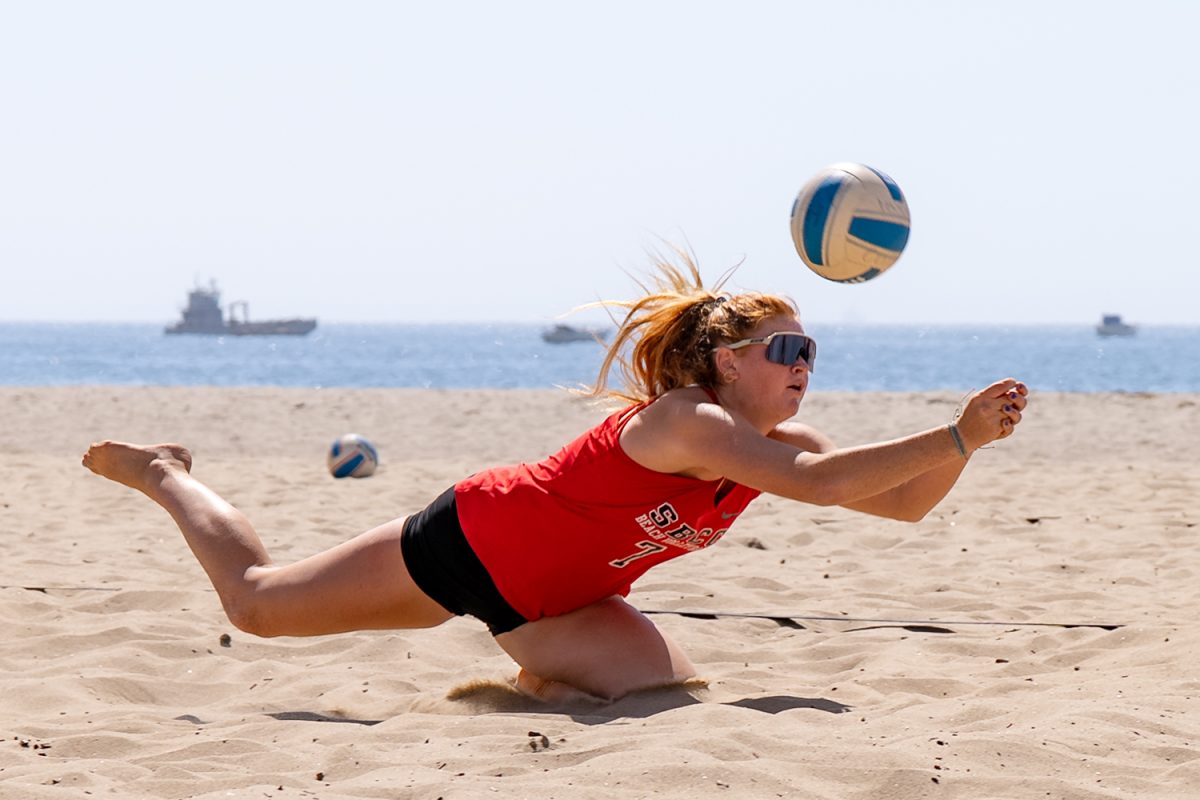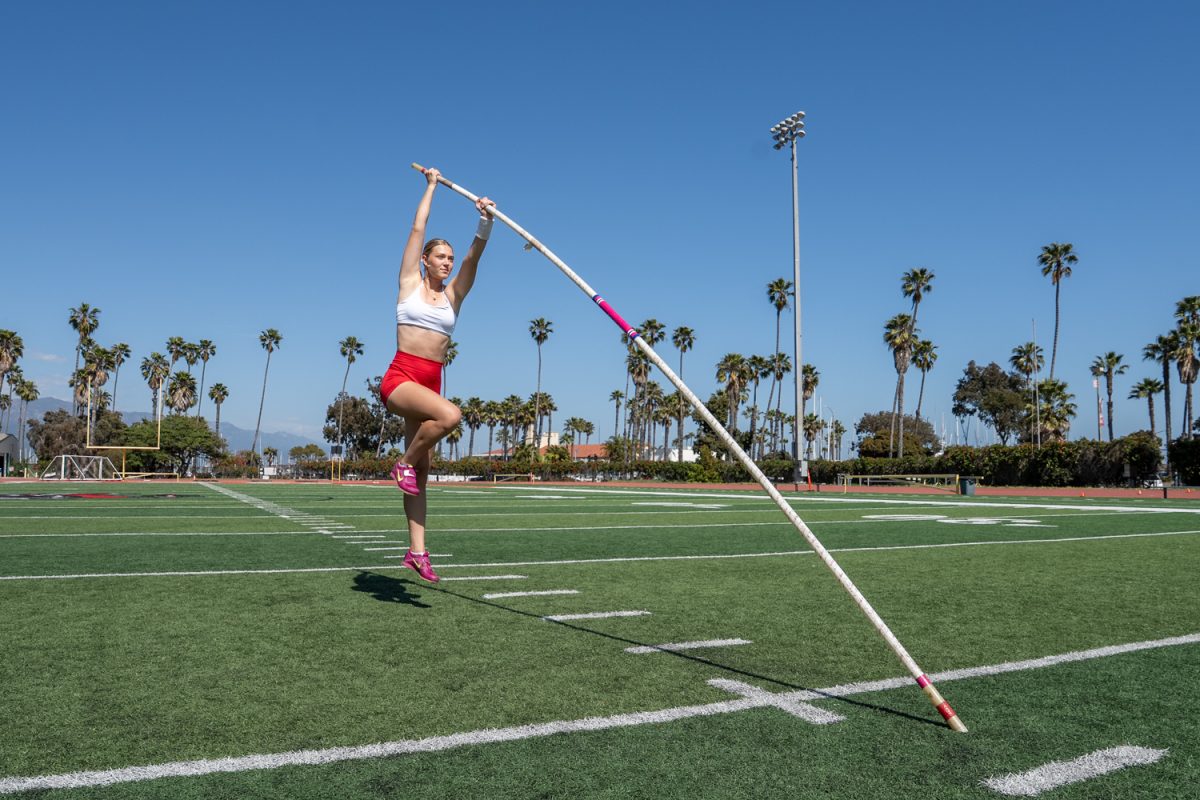While some students are learning through Zoom and online discussions, Radiology students at City College are practicing their skills in a newly created virtual reality environment.
Gaming computer equipment and software have transformed the City College radiology lab into an environment that enables students to practice positioning the patient, setting up the X-ray machine and taking the X-ray without the use of radiation.
“I was going to create a more realistic clinical environment at first,” said Bruce K. Oda, director of the Medical Imaging Sciences program.
Then he began looking at VR equipment, which Oda was able to start purchasing with the $400,000 from the Strong Workforce Program grant.
Students interact with the three-dimensional environment using VR goggles—headphones fitted with visual sensors. This gives the student a realistic, immersive experience that recreates a doctor’s office as closely as possible.
“My focus is on the students’ success during this difficult transition, while maintaining the highest quality,” Oda said.
The lab is still evolving, and more equipment will be added with the grant money.
Instructor and Clinical Supervisor James Kuenzinger graduated from the program in 1989.
“This institution is into high technology,” Kuenzinger said. “The pandemic didn’t stop any medical work, and everyone is working 10 times harder.”
Regarding COVID-19, Kuenzinger said safety has always been considered.
“There have always been diseases to watch for to make sure both patients and technologists are safe,” said Kuenzinger, who teaches both in the lab and in clinical settings.
Radiology students attend school for two years, racking up about 2,000 hours of required lab and clinical work along with online lectures and other studies. After graduation, students must pass a test to acquire their certification through the American Registry of Radiologic Technologists (ARRT), a national registry that licenses radiologists.
Andrew Lawrence, a first-year student, said he is impressed with the VR lab.
“You can practice positioning and taking the picture without exposing patients to ionizing radiation,” Lawrence said. “Of course, nothing replaces the human element.”
With VR students can move a virtual patient and view the structure of the bones by touching the body parts.
“It’s like having x-ray vision,” Lawrence said.
Lawrence lives in San Luis Obispo. His clinicals—supervised interactions with real-life patients—are at French Hospital.
“Clinical time is like a two-year interview,” Lawrence said. “You need to impress the people you’re working with everyday.”
Both instructors and students agree there is a smooth transition from practicing with VR to working with actual patients in the clinical environment, and the methods they use could very well be the status quo in the future.
“I think we’re in a new norm in how we deliver adaptive learning,” Oda said. “I plan to continue to use the equipment after the pandemic.”


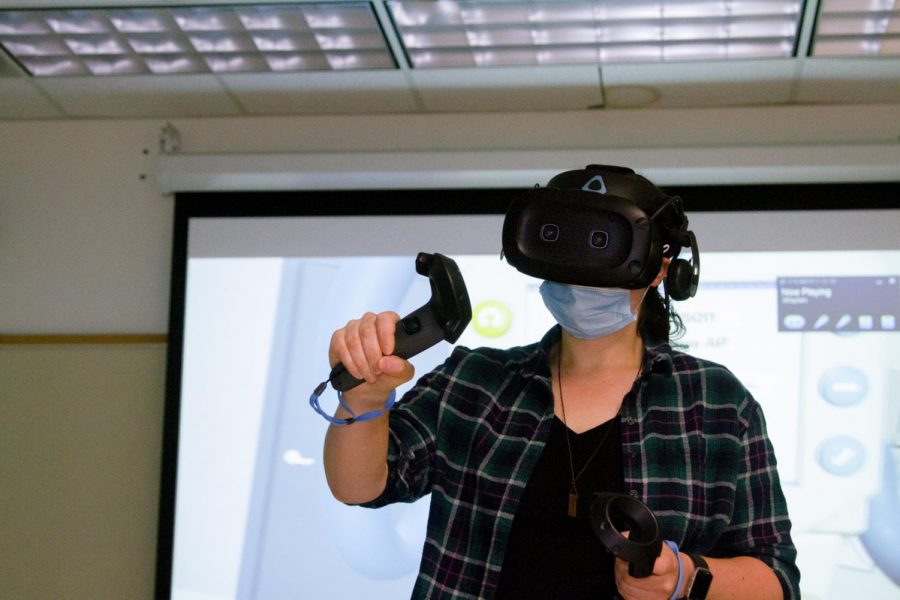

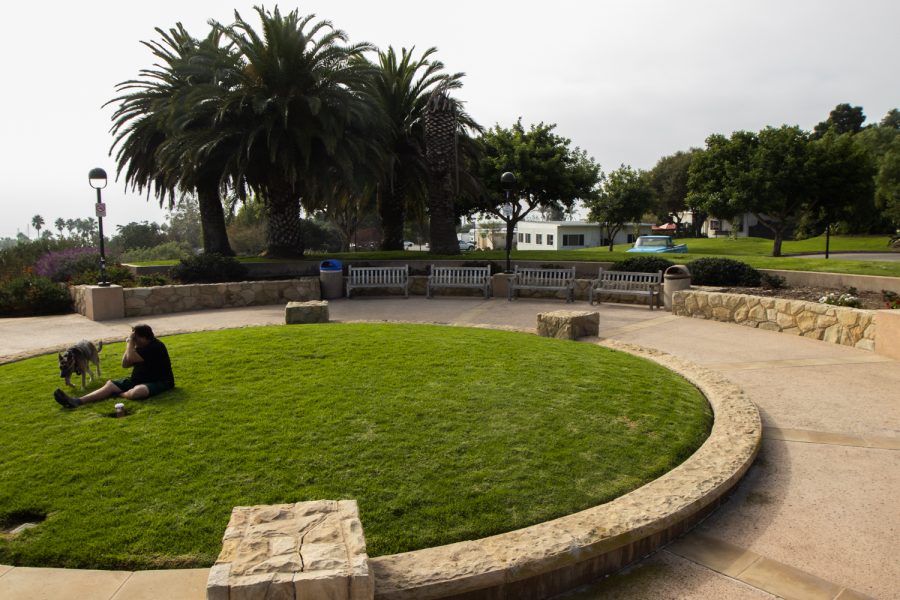
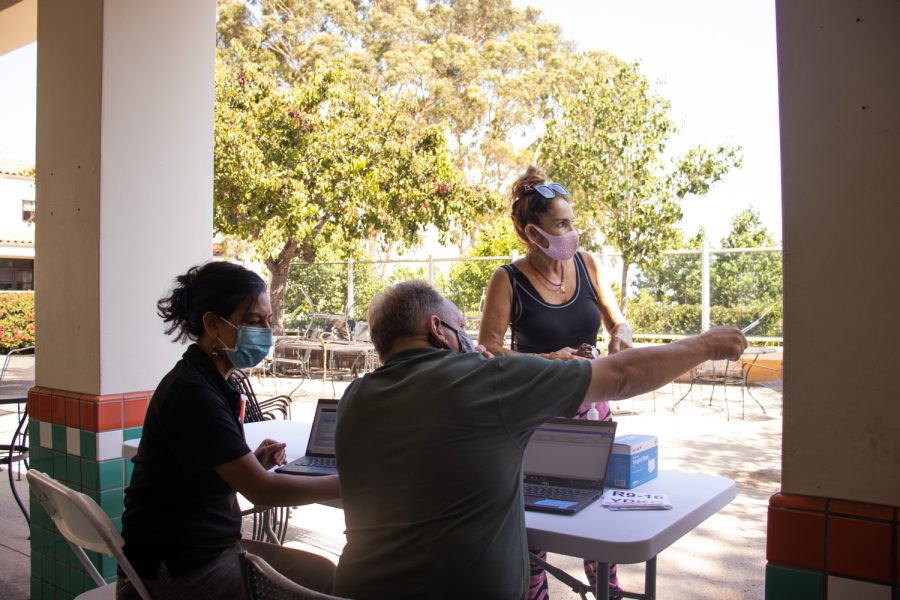
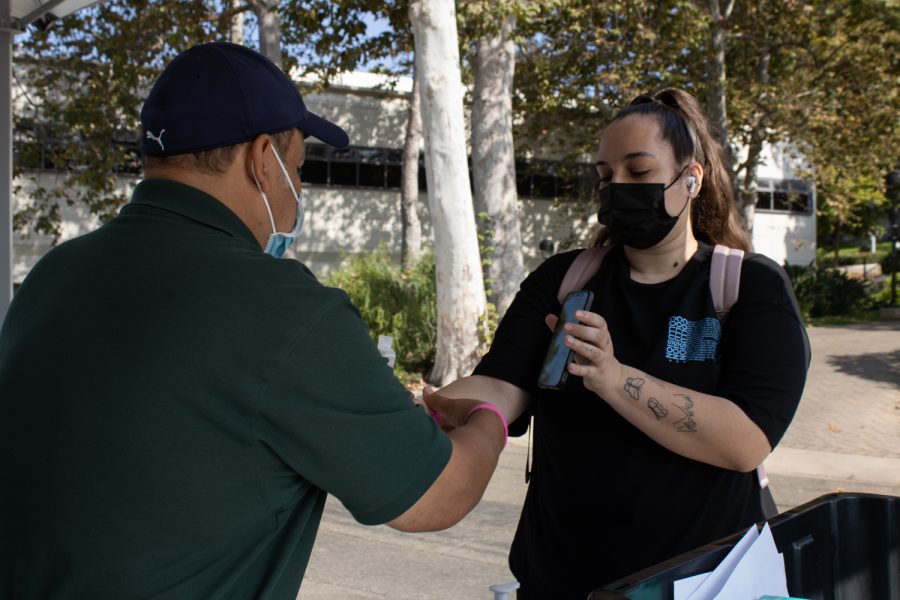
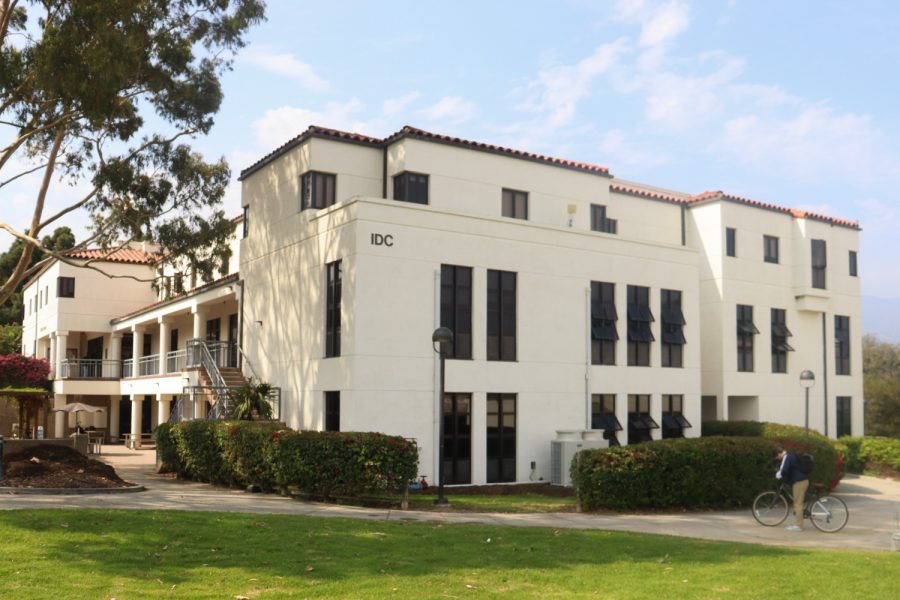
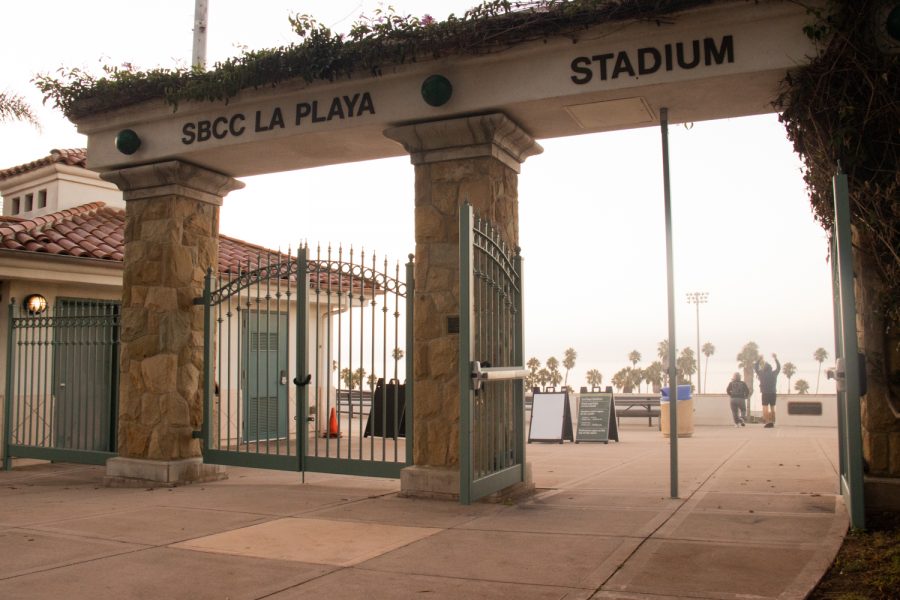
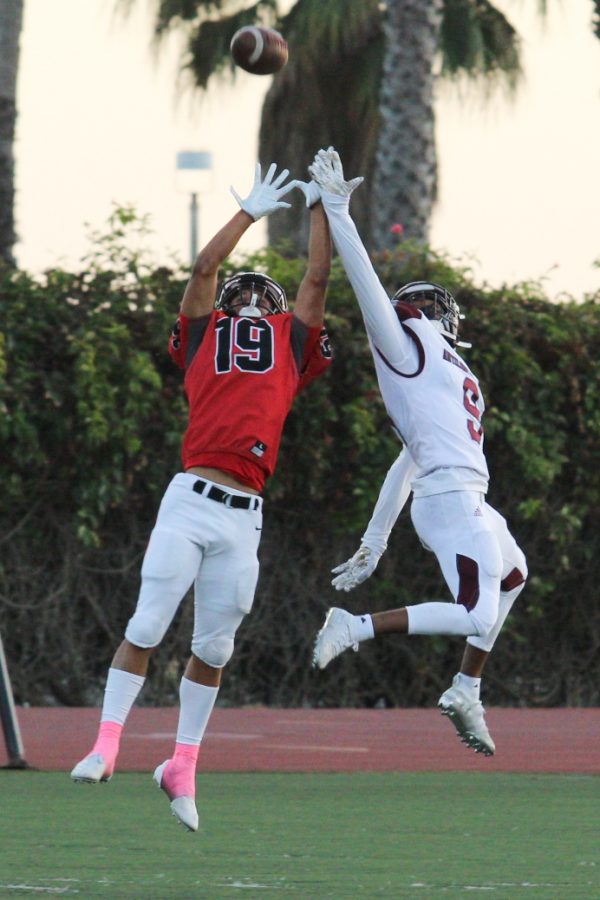






![Milton Alejandro Lopez Plascencia holds a flag showcasing the United States and Mexico on Feb. 7 in Santa Barbara, Calif. “It’s heartbreaking to see what is happening all across the country,” Lopez Plascencia said. “I [want] my voice to be heard by the community.”](https://www.thechannels.org/wp-content/uploads/2025/05/MGSImmigration-1-1200x800.jpg)
